Here's how your iPhone home screen has changed through the years
iPhone OS 1.0

iPhone OS 2.0
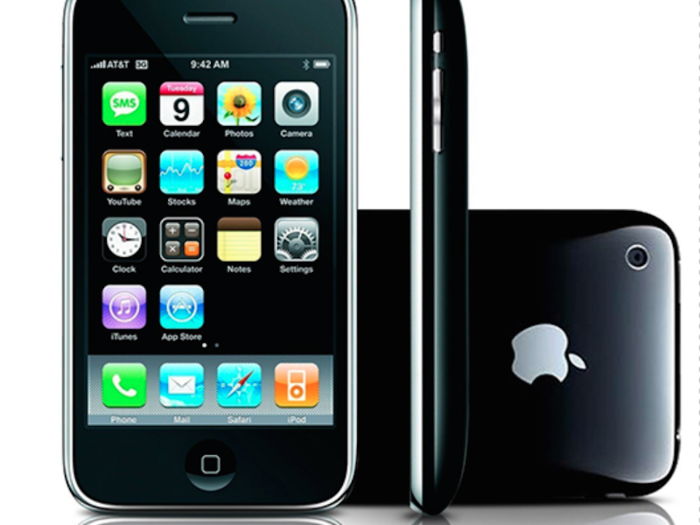
Apple's second-generation iPhone, the iPhone 3G, shipped in July 2008 with iPhone OS 2.0 installed. Owners of the original iPhone could upgrade to iPhone OS 2.0, and it was worth it — this was when Apple introduced its App Store, and upgrading was the only way to gain access to the third-party apps that are partially responsible for turning the iPhone into a smash hit.
iPhone OS 3.0
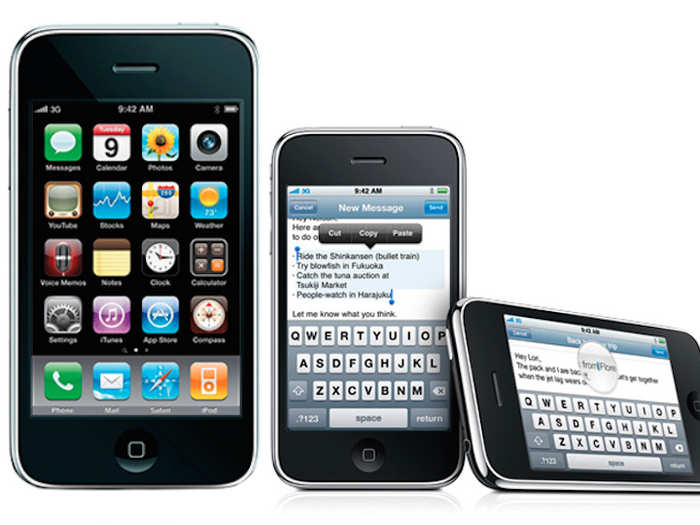
Apple's iPhone OS 3.0 software launched in June 2009 and came pre-installed on the iPhone 3GS. The new software allowed iPhone owners to copy and paste text for the first time, and introduced the first landscape keyboard for messaging. Interestingly enough, many iPhone users today prefer texting while their phones remain in portrait mode.
iOS 4
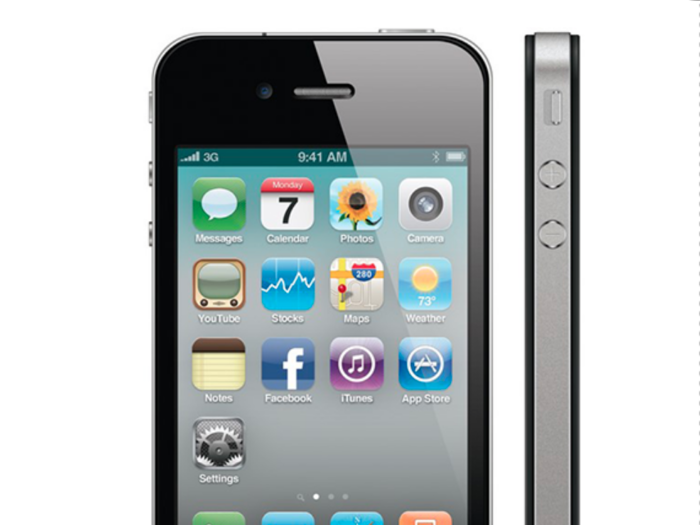
Released on June 21, 2010, iOS 4 marked Apple's first foray into multitasking, allowing users to switch between open applications without having to close and re-open them. It's also the first version of Apple's iPhone software to drop the "iPhone OS" branding in favor of the current "iOS" name.
Apple also debuted its social gaming hub, GameCenter, with iOS 4, along with FaceTime video calling and the ability to group apps together into folders.
iOS 5
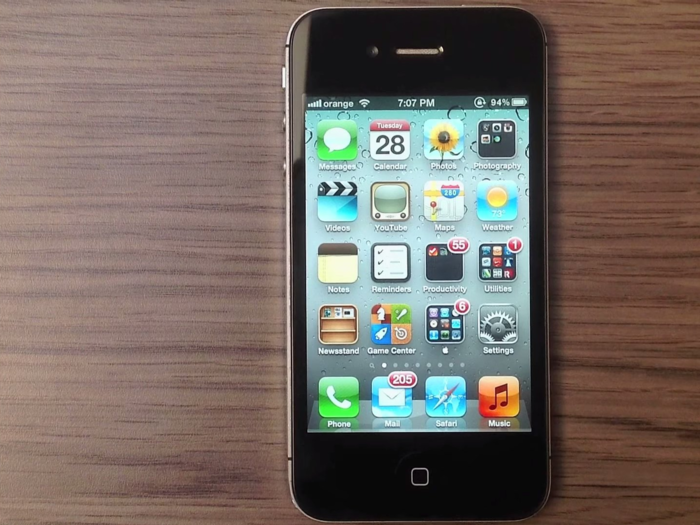
Siri made her debut with iOS 5 in October 2012, with Apple describing it as an "intelligent personal assistant." Apple also introduced iMessage with this release, which introduced free messaging and allowed Apple to compete with BlackBerry's popular BBM messaging service.
Newsstand also showed up in iOS 5, giving users a place to store and read news stories and articles. iOS 5 came pre-installed on the iPhone 4S.
iOS 6
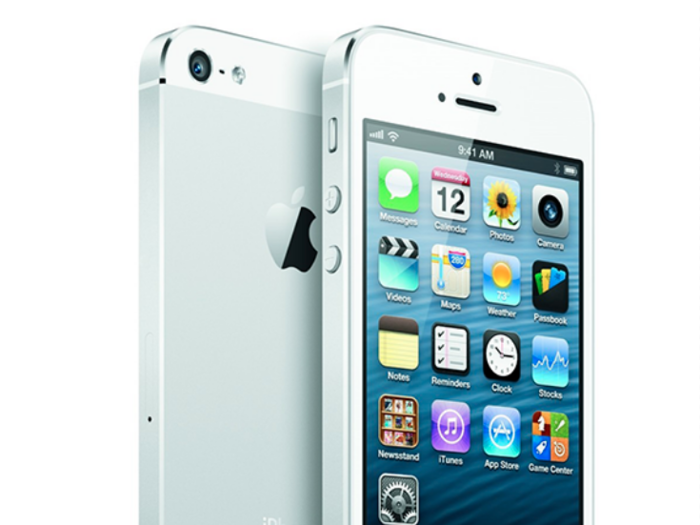
The iPhone 5 came out in September 2012, and came pre-installed with iOS 6, which is where Apple announced its own Apple Maps app along with Passbook, which gave people a place to store their gift cards, airline boarding passes, and e-tickets.
iOS 6 was also the first iPhone software that allowed you to take 360-degree panorama photos, as well as the ability to make FaceTime calls over cellular data.
iOS 7
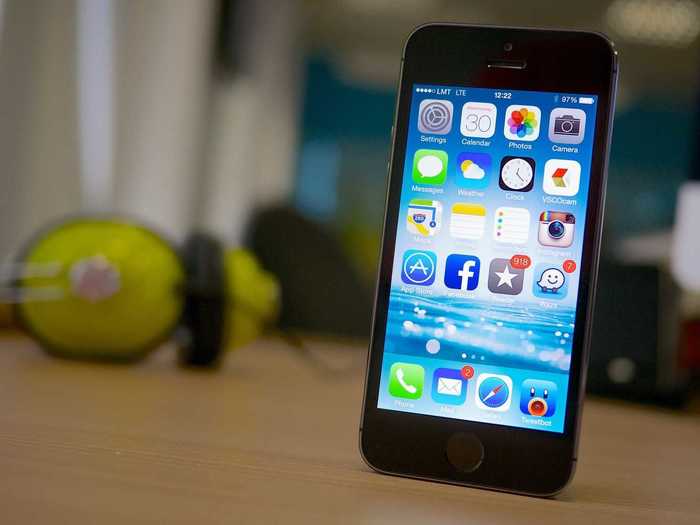
No other iPhone software has caused quite the stir that iOS 7 did when it arrived in September 2013, with its flat and colorful redesign that was spearheaded by Apple's design chief Jony Ive.
Beside its new look, iOS 7 also introduced Apple's fingerprint technology, Touch ID, a new way to wirelessly transfer files with AirDrop, improved multitasking, and the ability to make FaceTime audio calls for crystal-clear sound quality.
iOS 8
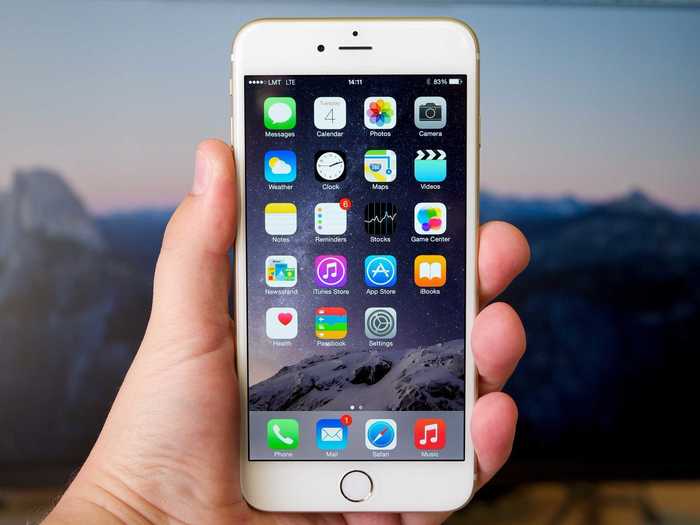
Apple's iOS 8 came out in September 2014. It didn't feature a bold redesign like its predecessor, but it did introduce a variety of new features such as Apple Pay, Continuity (allowing users to transfer particular tasks between a Mac and iPhone or iPad), support for third-party keyboards, and a new native Health app for keeping track of your fitness and vitals.
iOS 8 came pre-installed on the iPhone 6.
iOS 9?
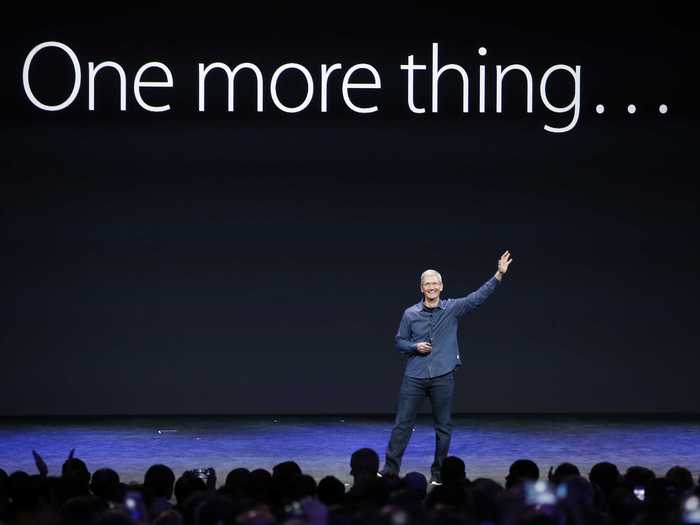
Apple is expected to unveil iOS 9 at its upcoming Worldwide Developers Conference on June 8th. Rumored features include a more powerful Siri, split-screen multitasking on iPads, an Apple Maps app with transit directions, and a huge focus on stability.
Want to see what the latest apps can do?
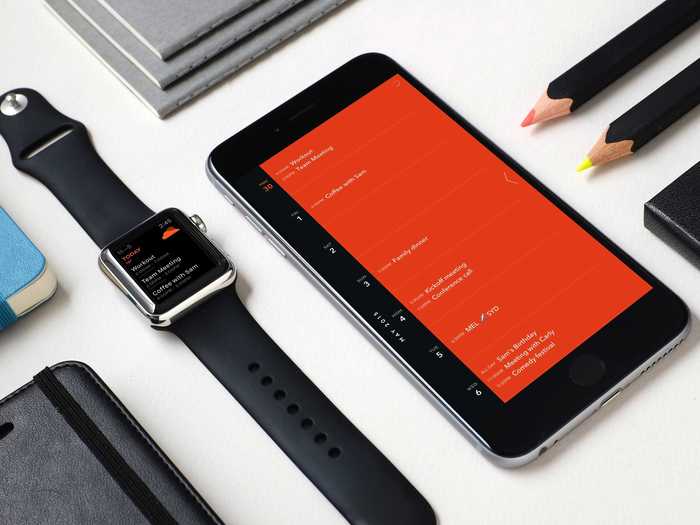
Popular Right Now
Popular Keywords
- India’s wearables market decline
- Vivo V40 Pro vs OnePlus 12R
- Nothing Phone (2a) Plus vs OnePlus Nord 4
- Upcoming smartphones launching in August
- Nothing Phone (2a) review
- Current Location in Google
- Hide Whatsapp Messages
- Phone is hacked or not
- Whatsapp Deleted Messages
- Download photos from Whatsapp
- Instagram Messages
- How to lock facebook profile
- Android 14
- Unfollowed on Instagram
Advertisement